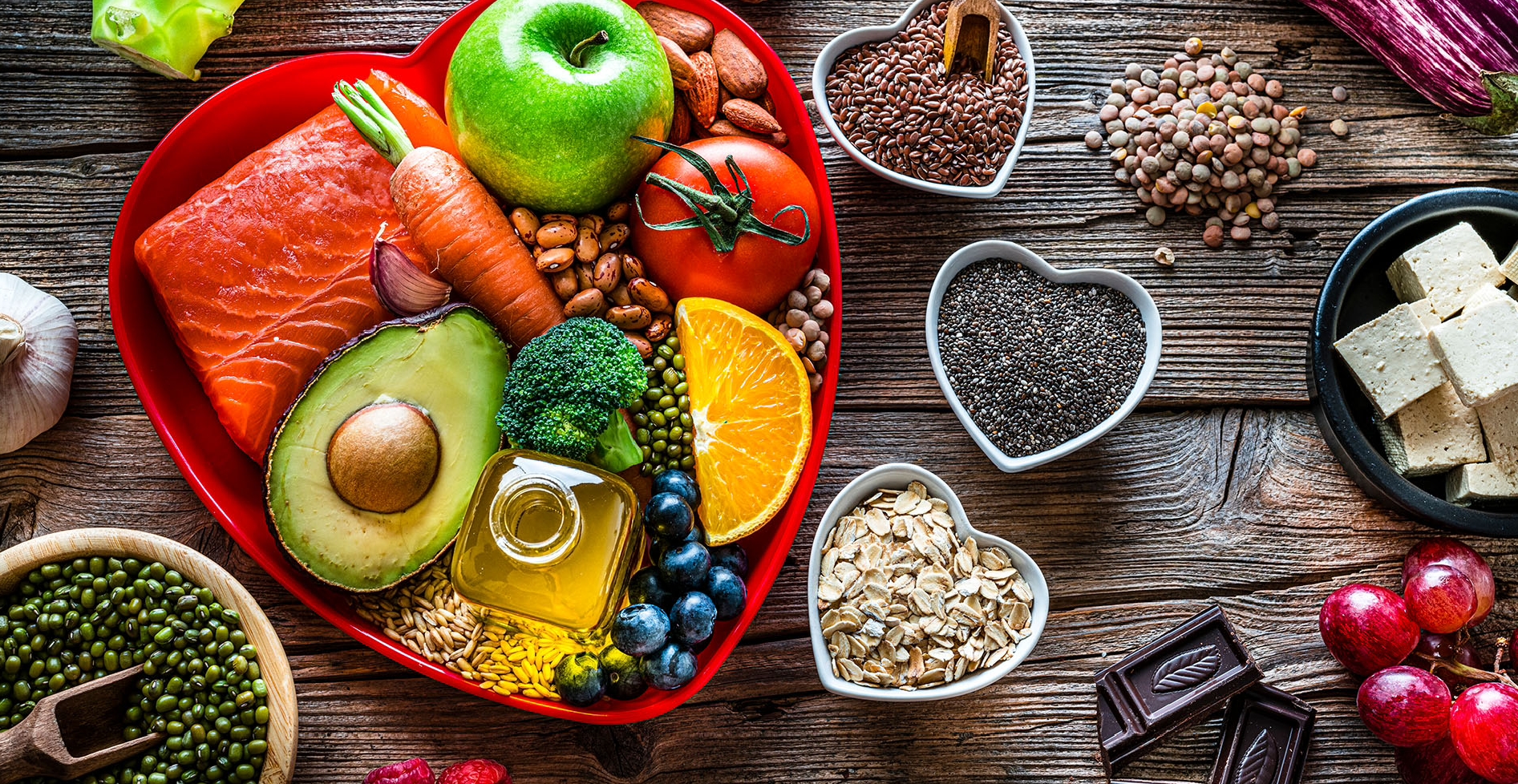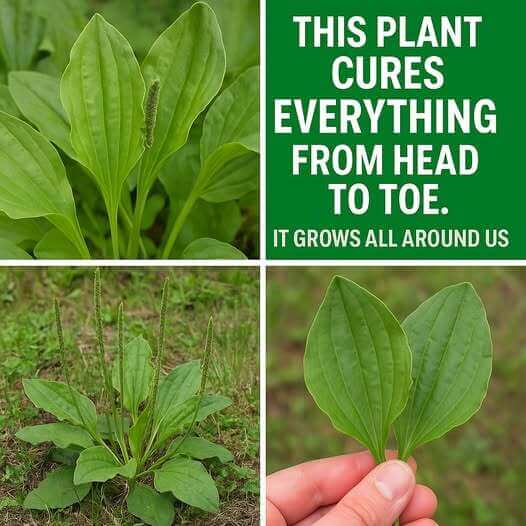Introducing the Miracle Plant: Plantain
Despite being mistaken for a common backyard weed, plantains are among nature’s most potent medicinal herbs. This hardy herb, which grows on lawns, fields, and by the side of roads all across the world, has been used for ages in traditional medicine. Although its formal name, Plantago major, may seem unassuming, its advantages are enormous. Plantains should be included in your wellness toolkit, regardless of whether you’re a herbal fanatic or are just learning about natural therapies.
One of the most remarkable qualities of plantain is its ability to soothe and heal the skin. It’s commonly used to treat insect bites, minor burns, cuts, and rashes. The leaves contain compounds with anti-inflammatory, antimicrobial, and astringent properties, which help draw out toxins and speed up recovery. Simply crushing a fresh leaf and applying it to the skin can provide almost instant relief — a testament to its nickname: “nature’s bandage.”
But plantain’s healing powers don’t stop at the skin. It also supports internal health. Traditionally, plantain tea or tinctures have been used to ease sore throats, digestive issues, and even respiratory conditions like bronchitis. Rich in vitamins A, C, and K, as well as calcium and other minerals, it acts as a gentle yet effective tonic for the body. Its mucilage content helps coat irritated tissues, making it especially soothing for the digestive tract.
The plantain is a genuinely wonderful plant that is hidden in plain sight in a world when people are turning back to natural remedies. A plant that may already be growing in your yard, plantains provide a multitude of health benefits, whether you’re trying to expand your herbal medicine cabinet or investigate more environmentally friendly, homemade cures. Reclaim what nature has always understood by embracing the power of this miracle plant.

